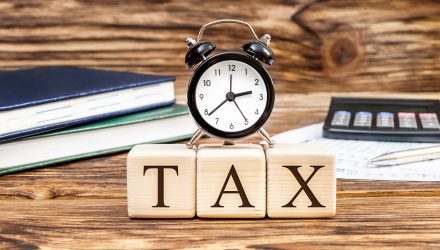Bond investors should consider the current status of the fixed-income environment and look ways to incorporate ETFs as a means to effectively harvest potential losses.
On the recent webcast (available On Demand for CE Credit), Tax Loss Harvesting: What You Need to Know, Matthew Bartolini, Vice President and Head of SPDR Americas Research at State Street Global Advisors, illustrated a current fixed-income market environment where the yield curve has flattened.
The Federal Reserve is slowly lifting the short end of the curve through interest rates hikes, and the markets are anticipating at least two more hikes before the year ends. On the long end of the curve, 10-year yields are nearing 3% again on the heels of strong second quarter GDP growth and increasing U.S. Treasury supply. However, the lack of confidence and growing concerns have depressed yields on the long-end of the curve.
Looking ahead, Bartolini argued that the flattening of the yield curve may continue through the end of the year as the Fed funds projections could rise to 2.25% if there is one more hike or 2.5% if there are two more hikes based on beta sensitivity to the U.S. 2-year yield.
In the credit market, the recent dash-for-cash led to credit spreads tightening and lower-rated segments of the market outperforming. Investment-grade corporate credit has exhibited negative returns this year while speculative-grade debt outperformed. Bartolini noted that the spread tightening in Health Care and Communications contributed the most to the positive performance.
Emerging market local debt has also been pummeled with currencies playing a key factor in the driver of returns and risks of emerging debt.
Given the current market environment, many have turned to short-duration exposures as a source of attractive income generation while also limiting downside risks from further interest rate hikes. Bartolini advised investors that they may be well served to focus on floating rates that have the most optimal yield per unit of duration with the Fed continuing to hike rates.
Overall, Bartolini painted a picture of further weakness in the fixed-income market, projecting prices to continue to fall as rate hikes on the horizon may continue.
Due to the underperformance in the fixed-income space, bond investors may have experienced a negative return. However, investors may potentially enhance their after-tax returns if they engage in tax-loss harvesting. Tax-loss harvesting allows investors to “lock in” losses by selling securities that have depreciated in price since purchasing the asset. By using these losses, one may offset capital gains, potentially diminishing an investor’s tax liability and enhancing after-tax returns.
